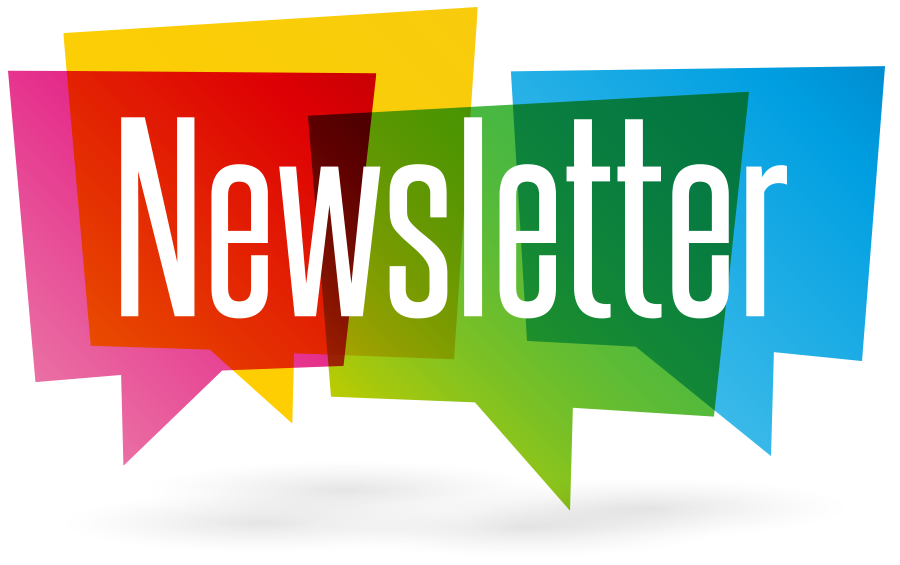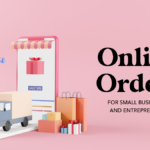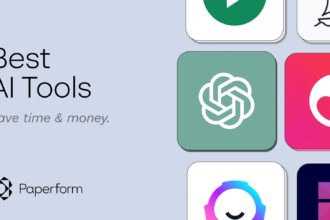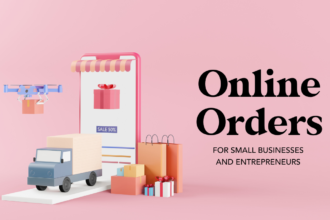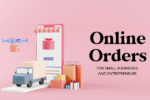Remember when everyone said email was dead? Well, that prediction aged about as well as milk left on the counter. Here’s the thing: while social media platforms come and go like fashion trends, email newsletters have quietly become one of the most powerful ways to build a sustainable online business.
You know what’s fascinating? While creators are burning out trying to keep up with TikTok algorithms and Instagram’s latest features, smart entrepreneurs are building six-figure businesses through something as simple as sending weekly emails. We’re talking about real money here – not just pocket change, but the kind of income that lets you quit your day job and work from anywhere.
The newsletter boom isn’t slowing down either. In fact, 2025 might just be the perfect time to jump in, especially if you’re tired of playing by Big Tech’s ever-changing rules.
The Email Renaissance: Why Newsletters Are Having Their Moment
Let’s be honest – we’ve all experienced social media fatigue. One day you’re crushing it on Instagram, the next day the algorithm decides you don’t exist. But email? That’s different. When someone gives you their email address, you own that relationship. No middleman, no algorithm deciding who sees your content.
The numbers tell a compelling story. Email marketing generates an average return of $42 for every $1 spent. That’s not a typo. And unlike social media followers (who might see 2% of your posts), email open rates typically hover around 20-25% for good newsletters.
But here’s what really gets me excited: newsletters aren’t just about marketing anymore. They’ve evolved into full-fledged media businesses. Look at Morning Brew, which sold for $75 million, or The Hustle, which ConHubSpot acquired for an undisclosed sum. These started as simple email newsletters and grew into media empires.
The barrier to entry is incredibly low too. You don’t need a fancy office, a big team, or even significant startup capital. Just you, your expertise, and a laptop.
Finding Your Newsletter Niche: The Sweet Spot Strategy
Here’s where most people get stuck – they think they need to compete with the big players. Wrong approach. The beauty of newsletters lies in serving specific communities that larger publications ignore.
Think about it this way: would you rather be the 500th general business newsletter, or the only newsletter specifically for freelance graphic designers who want to land corporate clients? The answer should be obvious.
Your sweet spot lives at the intersection of three circles: what you know well, what people will pay for, and what you genuinely enjoy writing about. Don’t overthink this – you probably already know more about something than 90% of people. Maybe you’re great at budgeting, understand cryptocurrency, or have insights about remote work culture.
I’ve seen successful newsletters about everything from urban farming to negotiating salary raises to analyzing reality TV shows from a psychological perspective. The key isn’t having the most exciting topic; it’s having a unique angle on something people care about.
Start by making a list of problems you’ve solved in your own life. Those problems? Other people have them too, and they’d pay for solutions delivered conveniently to their inbox every week.
Building Your Subscriber Base: Beyond “Please Subscribe”
Growing a newsletter audience isn’t rocket science, but it does require strategy. The days of throwing up a signup form and hoping for the best are long gone.
First, you need what marketers call a “lead magnet” – something valuable you give away in exchange for an email address. But here’s where most people go wrong: they create generic PDFs nobody wants. Your lead magnet should solve an immediate, specific problem your ideal reader faces.
If you’re targeting small business owners, don’t create “10 Tips for Success.” Instead, offer “The 5-Email Sequence That Converted 23% of My Leads Into Paying Customers (With Templates).” See the difference? One’s vague, the other promises a concrete outcome.
Content marketing becomes your best friend here. Write guest posts, appear on podcasts, engage in online communities where your ideal readers hang out. Every piece of content should naturally lead back to your newsletter signup.
Social media can work too, but use it strategically. Instead of posting random thoughts, share insights that demonstrate your expertise, then mention that subscribers get deeper analysis in your weekly email. You’re not just asking for subscribers; you’re showing them what they’re missing.
Monetization Strategies That Actually Work
Here’s where things get interesting – and profitable. The old model was simple: get enough subscribers, sell ads. But today’s successful newsletter creators use multiple revenue streams, and advertising is often the smallest slice of the pie.
Sponsored content still works, but you need significant subscriber numbers (think 10,000+) to command decent rates. The sweet spot is partnering with companies whose products your readers actually need.
Premium subscriptions are where the real money lives. Charge anywhere from $5 to $50 monthly for exclusive content, deeper analysis, or access to your community. Substack has made this model incredibly accessible – they handle payments, and you focus on content.
Digital products might be your fastest path to revenue. Once you understand your readers’ biggest challenges, create courses, templates, or guides that solve them. A $97 course sold to just 1% of a 5,000-person list generates nearly $5,000.
Consulting and services often emerge naturally. As you build authority through your newsletter, readers will want to work with you directly. This can be your highest-margin revenue stream.
The key is starting with one monetization method and expanding from there. Don’t try to launch premium subscriptions, courses, and consulting simultaneously – you’ll spread yourself too thin.
The Technical Foundation: Tools and Platforms Made Simple
Let’s talk tools, because the technical side intimidates many people unnecessarily. The good news? You don’t need to be a tech wizard to build a profitable newsletter business.
For beginners, I’d recommend starting with either Substack or ConvertKit. Substack is incredibly simple – it’s like Medium for newsletters, with built-in payment processing for premium subscriptions. ConvertKit offers more flexibility and better automation features, though there’s a slight learning curve.
Mailchimp works for basic newsletters, but you’ll outgrow it quickly if you plan to monetize seriously. Ghost is excellent if you want to combine blogging with newsletters, creating a full content platform.
Here’s my honest advice: don’t get caught up in choosing the “perfect” platform. They all have pros and cons, and switching later isn’t the end of the world. Pick one that feels comfortable and launch. You can always migrate as you grow.
Focus on these essentials: a simple signup form, automated welcome sequences, basic analytics, and reliable delivery. Everything else is nice to have, not need to have.
Content Creation: Consistency Beats Perfection
The hardest part isn’t starting a newsletter – it’s maintaining it week after week. Here’s the truth nobody talks about: most newsletters fail not because of bad ideas or poor marketing, but because creators burn out trying to make every issue perfect.
Develop a simple content framework you can repeat. Maybe it’s “Insight + Story + Actionable Tip” or “Industry News + Personal Take + Reader Question.” Having a structure makes writing faster and ensures consistency.
Batch your content creation when possible. Spend Sunday afternoons writing three weeks’ worth of newsletters, then schedule them. This prevents the weekly panic of “What am I going to write about?”
Your personality is your competitive advantage. Don’t write like a corporate press release – write like you’re sending an email to a friend who happens to care about your topic. Share failures alongside successes, admit when you don’t know something, and let your authentic voice shine through.
The Long Game: Building Sustainable Revenue
Building a profitable newsletter business isn’t about overnight success – it’s about creating something sustainable that grows stronger over time. Think compound interest, but for your audience and expertise.
The most successful newsletter creators treat their publication like a media company, not just an email list. They’re constantly thinking about how to serve their audience better, what additional products or services their readers need, and how to build deeper relationships with subscribers.
Don’t underestimate the power of consistency. A mediocre newsletter published every week for two years will outperform a brilliant newsletter published sporadically. Your readers need to trust that you’ll show up, and that trust becomes the foundation of everything else.
Start today with whatever you have. Your first issue will probably be terrible – mine was – but it will be infinitely better than the newsletter you never start. The internet is full of people waiting to pay for solutions to their problems, delivered conveniently to their inbox by someone who understands their world.
The newsletter business isn’t just about the money, though the money can be life-changing. It’s about building direct relationships with people who value your perspective, creating something meaningful, and having the freedom to work on your own terms. In 2025, that might be exactly what you’re looking for.
